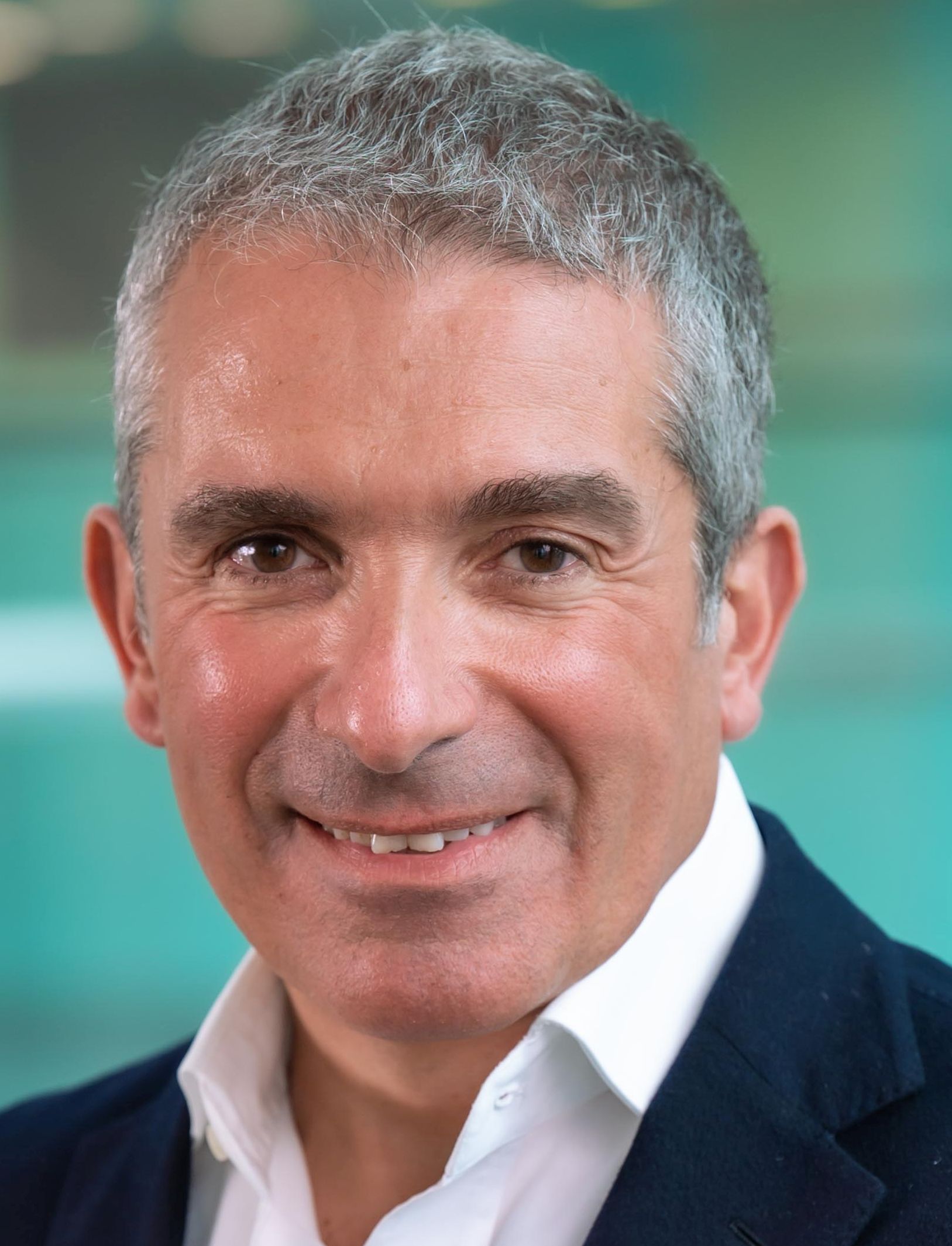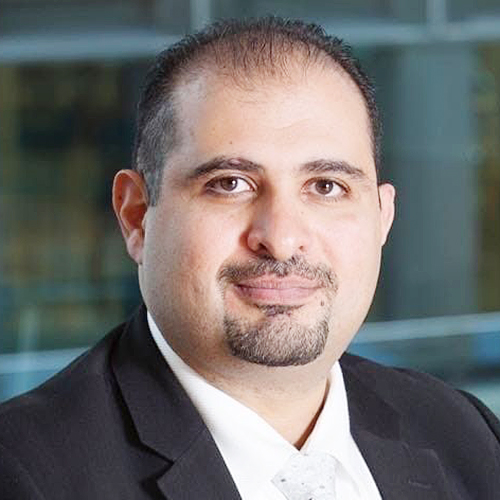
The most talked about topic at this year’s presentation for The Asset Triple A Sustainable Investing Awards is managing data. As the volume increases, the data demand among asset owners and managers is also on the rise. They are asking bank service providers how best they can help with data management to support investing analytics needs and also to improve operational efficiency.
But service providers, especially the largest ones, face significant challenges in transitioning from their legacy technology into modern cloud-based systems. “The world’s financial system sits on old infrastructure,” acknowledges Okan Pekin, managing director, global head of securities services at Citi. “Everyone’s in a big quest to upgrade infrastructure.”
In a wide-ranging exclusive interview with The Asset, Pekin says securities servicing providers are devising ways to carry legacy infrastructure and turn them into modern tech stack. That modern tech stack, he continues, “will remove friction, reduce manual interventions, liberate data, reduce latency, and deliver a much-improved client experience”.
It is a critical period for organizations such as Citi. The bank, which has US$24 trillion of assets under custody at the end of March 2024, recently undertook a reorganization. Its securities services business is at the forefront of that change. In 2023, the bank booked revenues of US$4.4 billion from its securities services business, 15% higher year-on-year.
With the business in the middle of a transformation journey, the bank’s securities services focus is on its core operating model. The goal is to be able to scale its offering to meet the demands of the most sophisticated asset owners and managers.


Pekin points out that the timing of the industry’s infrastructure upgrades is happening as investing is undergoing shifts in clients’ investing preferences. “Active asset managers have experienced substantial outflows in recent years and assets have shifted to lower-cost exchange-traded funds and to less liquid but higher returning private assets,” he points out. “There are significant investment opportunities for clients in underexplored asset classes.”
Pekin’s view is borne out by a recent survey from State Street on the private markets, which showed that institutional investors in Asia-Pacific are keen to increase their allocation to private markets. The survey of 480 institutional investors, including 120 investors in the region, revealed that institutions are likely to reduce public market allocations to fund increased private markets investment.
Today’s securities servicing processes, however, are asset-specific. The move to a modern tech stack, therefore, will address not only the limitations of existing infrastructure but also the asset diversification underway. In future, which asset class clients invest in will no longer be a material challenge to securities services providers that are successful in their infrastructure upgrade.
Upgrading is also coinciding with the rise of new digital systems such as distributed ledger technology/blockchain and the popularity of artificial intelligence. There have already been several proofs of concepts relating to asset and fund tokenization that are uncovering the prospects of brand-new vistas of investing possibilities to a wider base of investors.
Pekin cites as an example its proof of concept with Wellington Management and WisdomTree on tokenization of private funds in February 2024. In that experiment, it showed how smart contracts could be deployed to enable greater automation and potentially improve the compliance and control environment for issuers, distributors, and investors. “This means you actually liberate the asset via tokenization and make it tradable. You also create possibly a new distribution channel with that as well.”


As a proof of concept, he acknowledges that it is still early days. “You have to experiment and try new approaches to build new industry utilities and ultimately, you need to create critical mass for industry adoption.”
He relates as another example the industry grappling with proxy voting, which he describes as “one of the most inefficient things in the world … totally paper-based system” with multi-billion-dollar costs to the securities services industry. In 2017, Pekin shares the bank’s lead via Citi Ventures that helped to create Proxymity, a start-up that was set up to deal with this issue.
Led by two ex-Citi custody colleagues, Dean Little and Jonathan Smalley, Proxymity was spun off in 2020 as an independent entity with another round of funding from institutions including JPMorgan and Bank of New York Mellon.
“This is a great example of creating an initiative, making it work, and then hopefully sometime later it becomes industry benchmark,” he continues. “Everyone gets to use it. Because its power comes from being used by a large mass of people. You cannot be proprietary about it.”


Driving efficiency by marrying finance with technology, however, is not easy. “The people who understand the problem usually don't know how to solve it with new technology. The people who understand technology sometimes don't want to get anywhere near the problem. Proxymity is an example of industry insiders developing a new way of thinking. We need more of it, so that the use cases that the industry is tinkering with become industry benchmarks sometime down the road.”
In Singapore, the bank is involved with a start-up called BondbloX. It is a digital fixed income exchange to trade bonds in fractions, enabling investors to buy and sell in smaller denominations than the denomination of the bond. “They break down bonds to digital components and we are the digital custodian.”
Pekin points out that there are a number of other initiatives that Citi is undertaking internally and externally for product development. “And as you're moving them forward, not every experiment succeeds, but we hope two, three, five years down the road, a sufficient number of them succeed to become industry benchmarks.”
With the promise of new technology, he believes that every single firm in banking – including the flashiest names in the world – in the meantime is faced with a sizeable amount of legacy technology issues. “It's a question of how effective you are upgrading. There is no such thing that you throw all your data centres into the sea and then all of a sudden, a cloud infrastructure emerges in 24 hours.”


He likens the financial ecosystem and how to overcome the challenges to peeling an onion. “Every layer of the onion is a piece of functionality. You peel a layer gradually and you replace it in the cloud. Peel another and place in the cloud. Over time, you delayer the onion until it disappears.”
The best way, he continues, is to start with the client-facing components – user experience, data connectivity, transaction flows, etc. “The deeper layers of the onion, you can do it over a longer period. That's how to upgrade complex infrastructures with the right level of risk management.
“It's not a job that makes headlines but in the long run, you become future fit via the delayering strategy that puts focus on data and the client experience.”
It is important to get it right. The securities services business is growing. In the first quarter of 2024, for example, Citi’s securities services business posted revenues of US$1.3 billion, an increase of 18% over the same period a year ago. Outside of the US, it is growing in Europe and the United Kingdom.
Asia is similarly on a positive trajectory. “Because Asia’s GDP is growing more rapidly than the rest of the world, this translates into rapid wealth and institutional asset accumulation. This is an important growth driver for us. Asia is our largest penetration and it is still a huge growth opportunity. The key markets for us are all the large growth economies.”
With the total wallet for securities services globally of about US$50 billion of revenues, around 15% of this wallet sits in Asia, he estimates. “The heavyweight is still North America, which is around 45% of the wallet. But Asia is absolutely material.”
The opportunities are plenty even though challenges are just as much. But the shape of the future is already emerging, one that Pekin visualizes as frictionless, instant settlement driven digital future. “The securities services industry will slowly move towards it, to start with (T+1 is a step forward). But then it will make more and more rapid progress. The pace of the progress will be determined by the industry's ability to peel the layers of the aging infrastructure and replace it with more effective systems.”
With the potential that a growing asset market offers, he believes the winners will emerge not from having a proprietary technological advantage. “There are no big technology secrets as such,” he stresses. “A lot of the toolkits are industry standards. But the ability to stitch them together to make them effective is easier said than done. This is where you add value. To connect everything from local to developed markets to a global ecosystem seamlessly is where we have a competitive advantage.”




.jpg)




